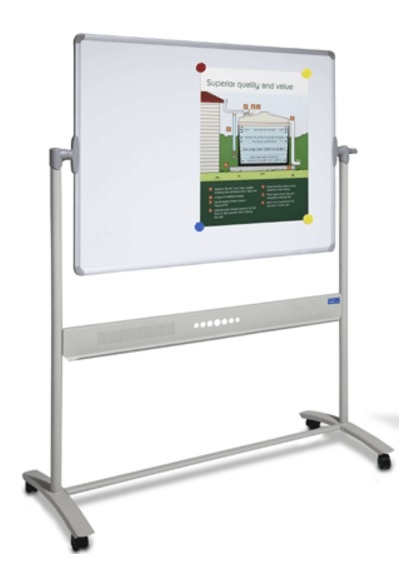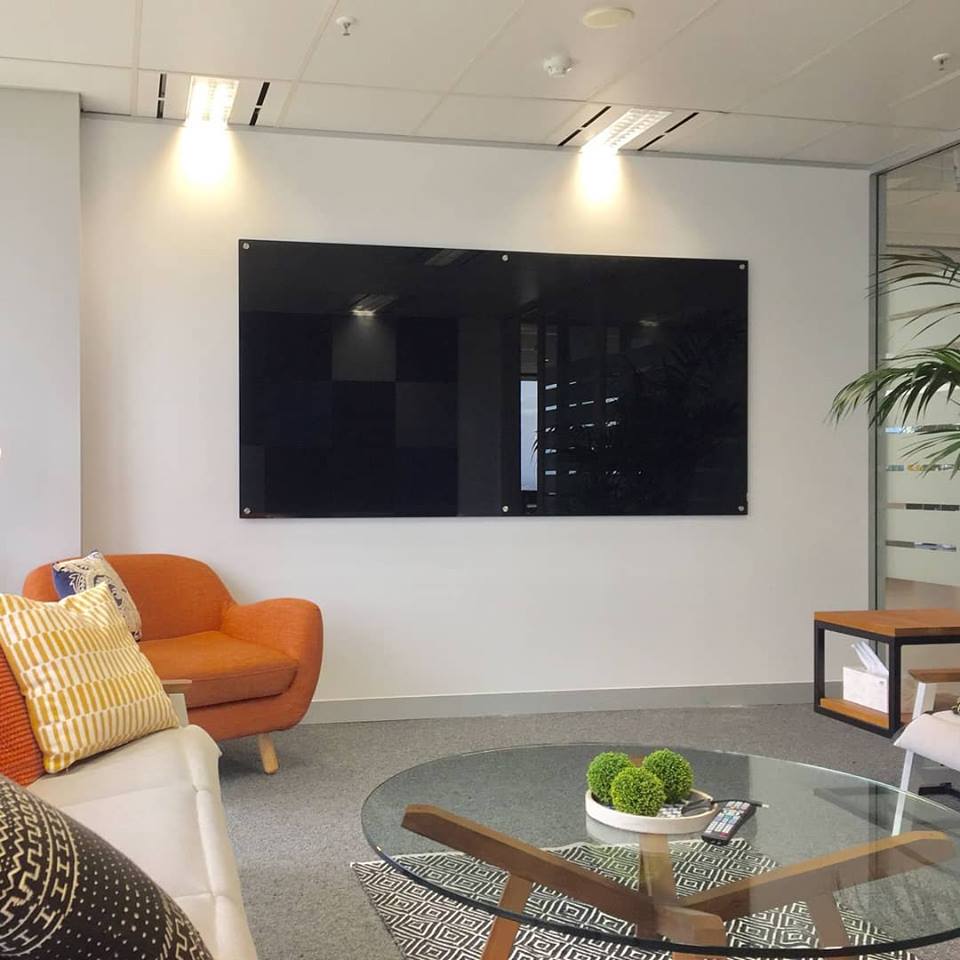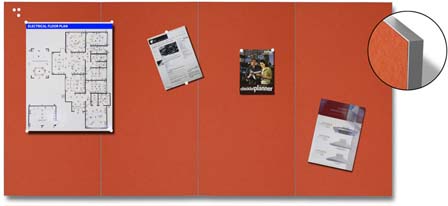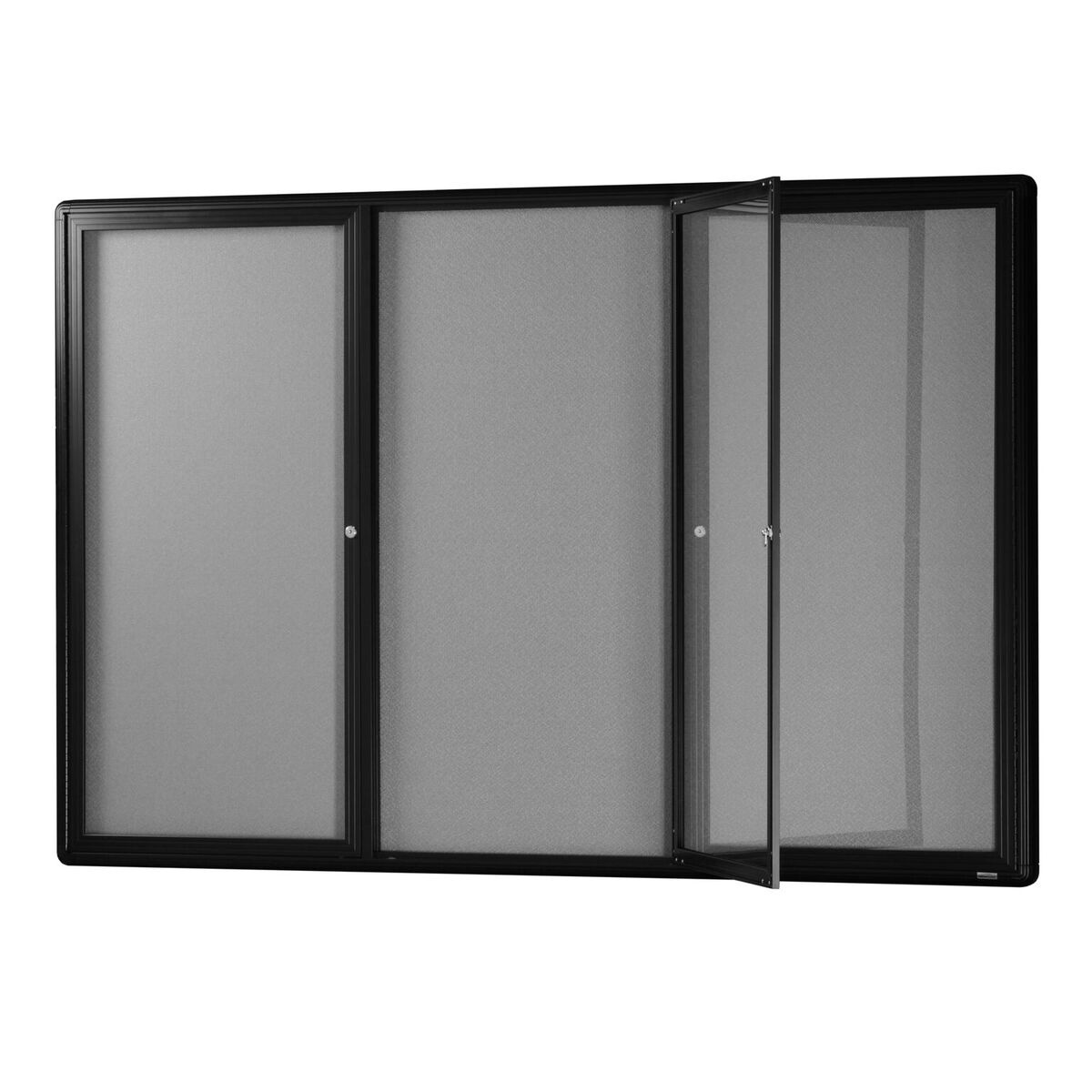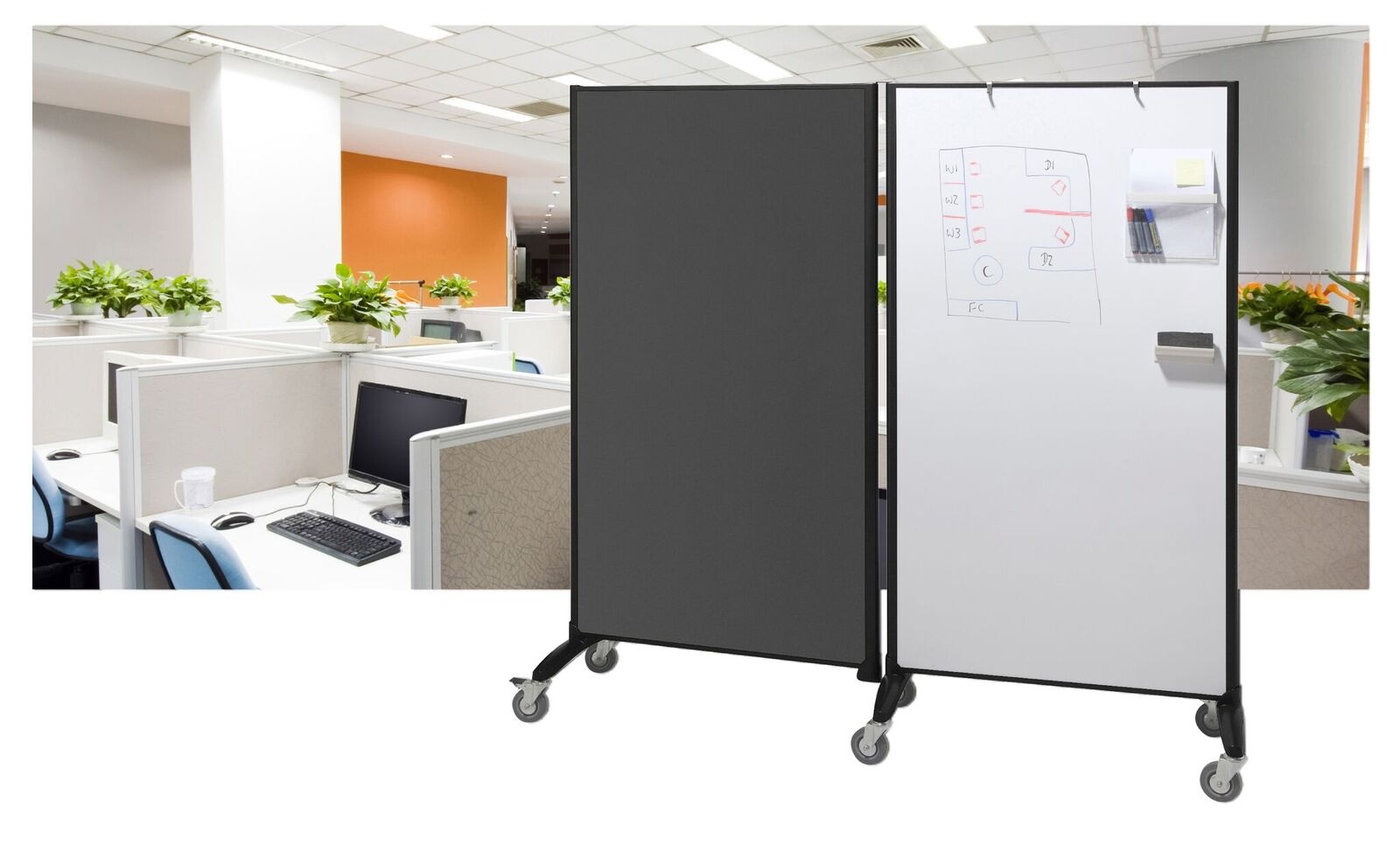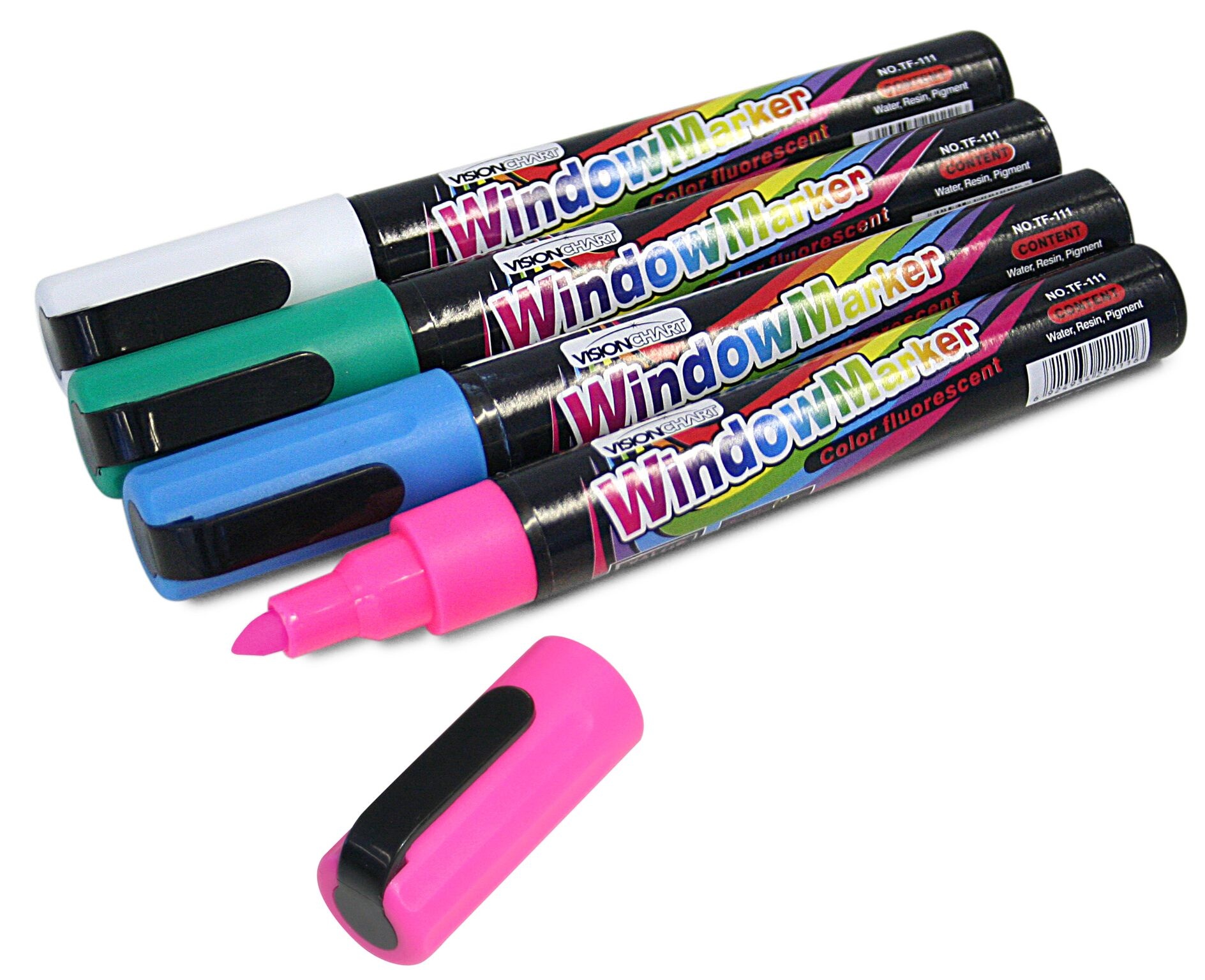Small whiteboards are a boon to any household, but how exactly can they help your child? Here’s how.
How small whiteboards are great for kids
Homework isn’t going away. School-age kids just have to do it, and you, their parents, will be roped in to help.
With the world getting busier and attention spans getting shorter, even the greatest learners sometimes find it difficult to motivate themselves to get their homework done. For parents with less academic kids, trying to get them to finish it can be a challenge to say the least.
But with the right tools, the homework war can be winnable. And one of those “right tools” is the mini-whiteboard.
Here are some of the usual reasons why your children don’t do their homework and how a small whiteboard can help.
1. Sheer boredom
Most kids would rather do anything but homework. Why? Because their homework is “too boring”. After all, the word ‘homework’ includes the word ‘work’ - and how many of us like that aspect of our lives?
So what, exactly, can be done to motivate your unenthusiastic student?
A progress board
Put a small whiteboard up in the area where homework usually takes place. Decorate it with fancy magnets and stimulating photos. Choose images that are of particular interest to the kid in question.
This board can then become a progress chart. Add stars or ticks when a homework exercise is completed. For extra momentum, try offering a reward at the end of a successful week.
2. Thinking they have to be passive
How many times have you seen kids seem to give up without trying! Homework should be challenging, yes; but often children aren’t even told that the real point of homework is that they figure out how to get hard things done under their own steam!
At school they’re made to be passive all day, and so they come to think that they’re “supposed” to always be passive when it comes to learning.
So, without the understanding that taking initiative is good, many students don’t even consider that it’s an option. Even if they did, they just don’t have anything in their mental toolkit to face the issues. Thus, one of the first strategies they should learn is brainstorming. Most homework involves some level of brainstorming anyway. A mini-whiteboard is the ideal tool to facilitate it.
Try suggesting to your child to use different coloured markers for different subjects. Encourage them to draw pictures, charts and mind maps to help them with their homework problems. The sky really is the limit when it comes to brainstorming on a small whiteboard.
Get involved
If your child is really struggling, it’s time to step up to the plate. Use your small whiteboard to help them brainstorm solutions to their problems. Completing activities together using a small whiteboard is far easier than using paper.
Being a part of your child’s learning is important. You can help address misunderstandings and discuss potential answers together - and, of course, there’s the added benefit of strengthening your relationship with your child.
3. Disorganisation
When you don’t have enthusiasm for a project, there’s little surprise when no preparation is made and it doesn’t get done. Why would it be any different with kids?
Some kids are what you might call serial excuse-makers (‘I forgot’) or procrastinators (‘I ran out of time’). Unfortunately, this way of thinking can become habitual, leading to lower grades and more anxiety for everyone involved. You can turn things right though.
Create a weekly schedule
The issue of poor time management can be solved with a fixed routine. You should talk to your child’s teacher and ask how much time should be spent on homework each week. Then, use your mini-whiteboard to set up a daily homework schedule.
Your child should stick to the time limits for each day lest they go without phone, TV or games. If they finish all the homework that can be completed on a particular day within the time limit, try asking them to work on a larger assignment due later.
4. Fear of failure
Some kids become so anxious or upset about making mistakes that it almost paralyses them. They’re worried they’ll be embarrassed in class if the teacher or students discover errors. This can lead to them giving up easily or being too cautious when completing their homework.
One way to help overcome this fear is to practice writing answers on a small whiteboard before they put their final response down on paper.
Mistakes erased instantly
The superpower of whiteboard is, of course, that you can make all the mistakes in the world and simply wipe them off and start again. And you can do this an unlimited number of times.
This characteristic can allow your kids to work with much less stress.
Why choose a WhiteboardsOnline whiteboard?
WhiteboardsOnline will help you find the answer you’re after. We offer Australia-wide delivery to your door. Contact us today on 1800 654 911 or info@whiteboardsonline.com.au
